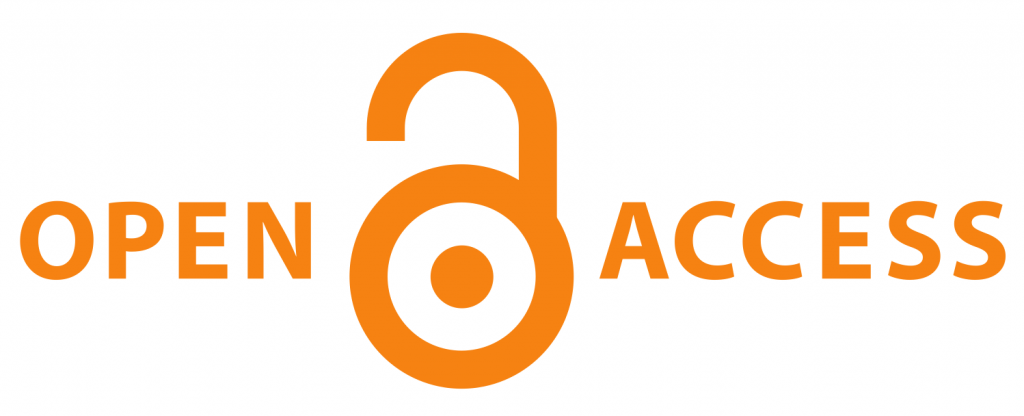Conquering newer arenas like Cancer in Ayurvedic Healthcare: Can we prove our Strength?
DOI:
https://doi.org/10.21760/jaims.10.2.19Keywords:
Ayurveda, Cancer, Palliation, Prevention, Malignancy, ArbudaAbstract
Despite the life changing advances in Cancer care worldwide today, the sole intervention of Western Medicine has proven to fall short in many aspects. Cancer Researches in Ayurveda also has shown only incremental achievements till date. In spite of the discovery of several anti-carcinogenic active compounds in herbs and herbal formulations, a standardised treatment protocol that is based on evidence-based research is still unavailable. The present status and the future perspectives of Ayurveda in treating malignancy is described here. The importance of following Dinacharya, Ritucharya, Achara Rasayana to prevent Cancer is accepted worldwide. Wound Care, Sleep Management, Pain Relief and providing mental strength through Naisthiki Cikitsa are some unique Ayurvedic interventions that improve the Quality of Life (QOL) after the diagnosis of Cancer. Ayurveda should not be merely considered as source of “raw materials” for potential drug candidates. Rather, the principles and practices of this millennia old healthcare system could be developed into hypothesis which can be tested by modern scientific methods. This approach may provide evidence which validates some traditional concepts and may lead to the development of novel biomarkers for wellness and disease. By developing rigorous research, robust education and research training, high-quality clinical care, and inclusive policies, Ayurveda can be part of the solution to address the current and future global challenges of cancer.
Downloads
References
Website of Directorate General of Health Services [Internet]. Directorate General Of Health Services (dghs.gov.in). [cited 2023 Jun 14].
Horneber M, Bueschel G, Dennert G, Less D, Ritter E, Zwahlen M. How many cancer patients use complementary and alternative medicine: A systematic review and meta-analysis. Integr Cancer Ther. 2012;11(3):187–203.
Sathishkumar K, Chaturvedi M, Das P, Stephen S, Mathur P. Cancer incidence estimates for 2022 and projection for 2025: Results from National Cancer Registry Programme, India. Indian J Med Res. 2022 Oct-Nov;156(4-5):598–607. doi: 10.4103/ijmr.ijmr_1821_22. PMID: 36510887; PMCID: PMC10231735.
Horneber M, Bueschel G, Dennert G, Less D, Ritter E, Zwahlen M. How many cancer patients use complementary and alternative medicine: A systematic review and meta-analysis. Integr Cancer Ther. 2012;11(3):187–203.
Trimble EL, Rajaraman P. Integrating traditional and allopathic medicine: An opportunity to improve global health in cancer. J Natl Cancer Inst Monogr. 2017;2017:Igx011.
How many cancer patients use complementary and alternative medicine: A systematic review and meta-analysis. Integr Cancer Ther. 2012;11(3):187–203.
Kemp WL, Burns DK, Brown TG. Chapter 4, Neoplasia. Pathology: The Big Picture. McGraw-Hill; 2008. Available from: https://accessmedicine.mhmedical.com/content.aspx?bookid=499§ionid=41568287.
Dhruva A, Hecht FM, Miaskowski C, Kaptchuk TJ, Bodeker G, Abrams D, Lad V, Adler SR. Correlating traditional Ayurvedic and modern medical perspectives on cancer: Results of a qualitative study. J Altern Complement Med. 2014 May;20(5):364–70. doi: 10.1089/acm.2013.0259. Epub 2013 Dec 17. PMID: 24341342; PMCID: PMC4011424.
Panda AK, Tripathy R. Concept of Sopha (inflammation): A critical study. Int J Res Granthaalayah. 2020 Aug;8(8):15–23. doi: 10.29121/granthaalayah.v8.i8.2020.692.
Munn L. Cancer and inflammation. Wiley Interdiscip Rev Syst Biol Med. 2017 Mar;9(2):doi:10.1002/wsbm.1370.
Parekar RR, Bolegave SS, Marathe PA, Rege NN. Experimental evaluation of analgesic, anti-inflammatory and anti-platelet potential of Dashamoola. J Ayurveda Integr Med. 2015;6(1):11–18. doi: 10.4103/0975-9476.146565.
Bag A, Bhattacharyya SK, Pal NK, Chattopadhyay RR. Anti-inflammatory, anti-lipid peroxidative, antioxidant and membrane stabilizing activities of hydroalcoholic extract of Terminalia chebula fruits. Pharm Biol. 2013;51(12):1515–1520.
Gharate M, Kasture V. Evaluation of anti-inflammatory, analgesic, antipyretic and antiulcer activity of Punarnavasava: An Ayurvedic formulation of Boerhavia diffusa. Orient Pharm Exp Med. 2013;13:121–126. doi: 10.1007/s13596-012-0081-3.
Agarwal B, Weesasinghe P, Garodia P, Bhat ID. From traditional Ayurvedic medicine to modern medicine: Identification of therapeutic target for suppression of inflammation and cancer. Expert Opin Ther Targets. 2006;10(1):87–118.
Ram Manohar P. Descriptions and classification of cancer in the classical Ayurvedic texts. Indian J Hist Sci. 2015;50(2):187–195.
Svoboda RE. Ayurveda Life Health and Longevity. Penguin Books India; 1992.
Srinivasulu M. Concept of Ama in Ayurveda. Choukhambha Sanskrit Series Office; 2010.
Sloan FA, Gelband H, editors. Cancer control opportunities in low- and middle-income countries. Washington (DC): National Academies Press (US); 2007.
World Health Organization. Integrating palliative care and symptom relief into primary health care: A WHO guide for planners, implementers, and managers. Geneva: WHO; 2018. License: CC BY-NC-SA 3.0 IG.
Khanna I, Lal A. Palliative care – An Indian perspective. ARC J Public Health Community Med. 2016;1(4):27–34. doi: 10.20431/2456-0596.0104005.
Agnivesha. Charaka Samhita, elaborated by Charaka and redacted by Drudhabala. Edited by Vd. Harishchandra Singh Kushwaha. Reprinted 2016. Volume 2. Varanasi: Chaukhambha Orientalia; Chikitsasthana 15/3-4. p. 376.
Goyal M. Role of Ayurveda in end-of-life care. Ayu. 2019 Jan-Mar;40(1):1–2. doi: 10.4103/ayu.AYU_266_19. PMID: 31831961; PMCID: PMC6891993.
Vagbhata. Ashtangahridayam, edited with Nirmala Hindi Commentary by Dr. Brahmanand Tripathi. Reprinted 2015. Delhi: Chaukhamba Sanskrit Pratishthan; Sutrasthana 7/53-54. p. 130.
Agnivesha. Charaka Samhita, elaborated by Charaka and redacted by Drudhabala. Edited by Vd. Harishchandra Singh Kushwaha. Reprinted 2016. Volume 1. Varanasi: Chaukhambha Orientalia; Sutrasthana 21/52-54. p. 317.
Vagbhata. Ashtangahridayam, edited with Nirmala Hindi Commentary by Dr. Brahmanand Tripathi. Reprinted 2015. Delhi: Chaukhamba Sanskrit Pratishthan; Sutrasthana 29/34-40. p. 321.
Dedge AP, Gundeti MS, Reddy RG. Scope of Ayurveda interventions to improve palliative care practices in terminally ill cancer patients. J Res Ayurvedic Sci. 2018;2(3):193–201.
Vallath N. Perspectives on yoga inputs in the management of chronic pain. Indian J Palliat Care. 2010;16:1.
White JD, O'Keefe BR, Sharma J, Javed G, Nukala V, Ganguly A, et al. India-United States dialogue on traditional medicine: Toward collaborative research and generation of an evidence base. J Glob Oncol. 2018;4:1e10. Available from: https://www.who.int/medicines/areas/traditional/BenchmarksforTraininginAyurveda.pdf.
Liu J, Mao JJ, Wang XS, Lin H. Evaluation of traditional Chinese medicine herbs in oncology clinical trials. Cancer J. 2019;25:367–371.















